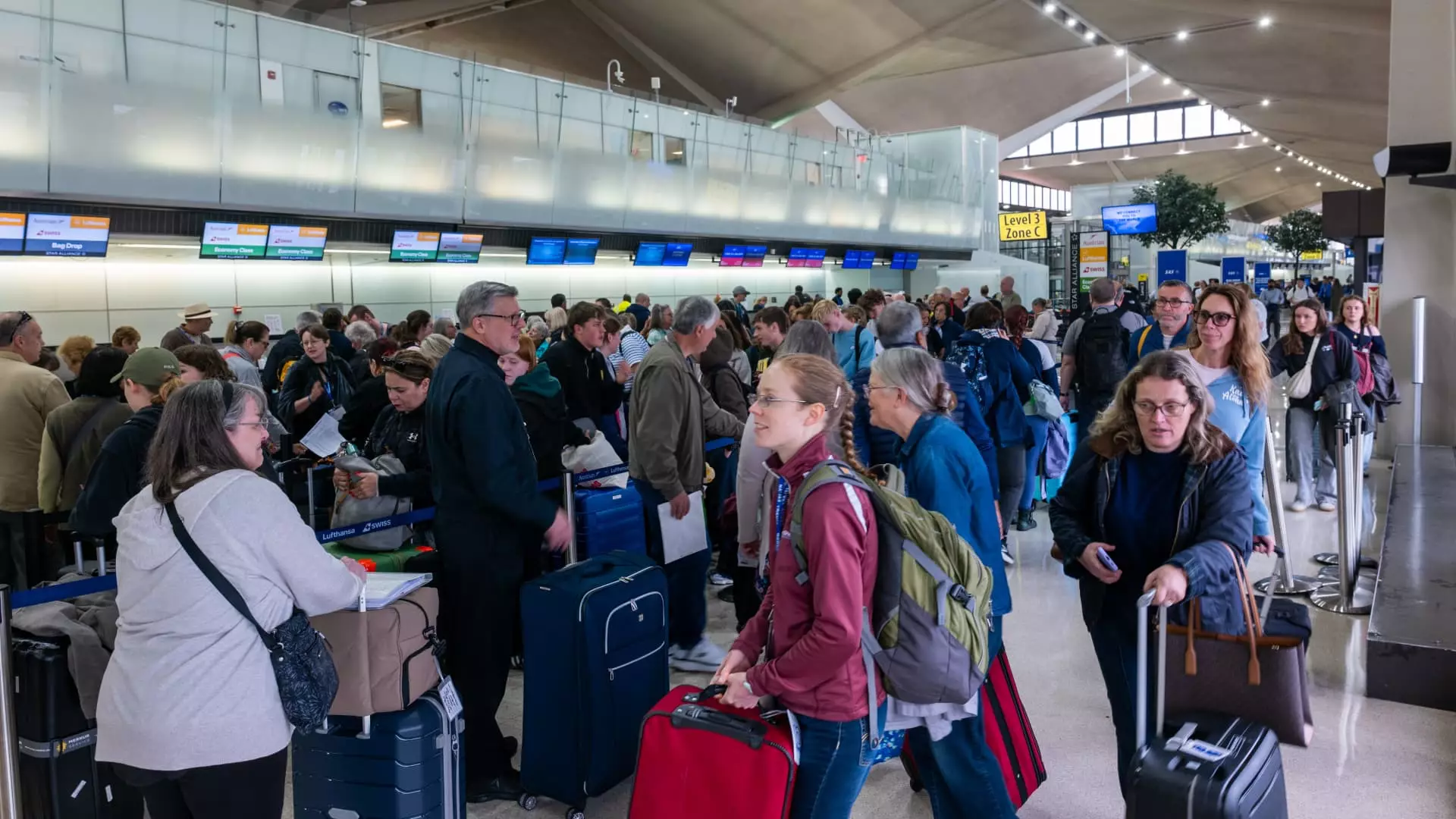Last week, a near-calamitous event unfolded above New Jersey as air traffic controllers lost contact with multiple aircraft at Newark Liberty International Airport. This type of equipment failure has ominously echoed through the aviation landscape, drawing attention to the glaring inadequacies of our air traffic control system. According to the National Air Traffic Controllers Association, for a harrowing 90 seconds, controllers were blind to their charges, unable to coordinate flight paths or warn pilots. It’s a disturbing situation that stirs serious concerns about the aging aviation infrastructure in the United States—a dilemma that seems all but ignored by those in power.
While the media has focused on the chaos that unfolded, it’s essential to recognize the underlying factors contributing to such scenarios. In a country that prides itself on progress and innovation, the reality is that our air traffic control system is an antiquated relic, and it’s starting to crumble under its own weight, exacerbated by severe staffing shortages. A reality check is in order; the system we’ve relied on for safety and efficiency is failing us, both before and after this incident.
A Broken System: Recruitment and Retention Failures
The situation has been steadily deteriorating as the Federal Aviation Administration (FAA) struggles to address chronic understaffing. The statistics paint a dismal picture: over 20% of controllers assigned to Newark were absent due to stress and fatigue from multiple outages. In logic-defying fashion, instead of bolstering their ranks, the FAA seems to have resorted to short-term solutions while ignoring the root of the problem.
Hiring incentives introduced during the Trump administration have not made a significant dent in the ongoing issues. Despite promising initiatives, the reality is that air traffic controllers must retire by age 56, creating a persistent turnover that outstrips recruitment. This short-sightedness is alarming—at a time when demand for air travel is surging, we’re left with a dwindling number of trained professionals managing our airspace.
Corporate Egos vs. Public Safety
Corporate interests are playing a significant role in exacerbating the chaos. Just last week, United Airlines CEO Scott Kirby admitted the airline would be cutting 35 daily flights from Newark to mitigate overcrowding. A striking admission came with harsh implications, as Kirby noted that years of chronic understaffing had rendered Newark incapable of handling its air traffic effectively. Yet, rather than pushing for real reform, corporations find it easier to accept crisis-mode management than to advocate for a fundamental overhaul of the system.
It seems unconscious incompetence has become the modus operandi for major airlines, prioritize profit margins over passenger safety and comfort. The lack of accountability is a glaring indicator that the air travel sector is more concerned with appeasing shareholders than addressing infrastructural failures.
The Ineffective Band-Aids of Bureaucracy
In the face of a public outcry, bureaucratic responses have resembled half-hearted attempts at wound care rather than procedures designed to heal systemic flaws. Transportation Secretary Sean Duffy’s promise of unveiling a “brand new air traffic control system” feels more like a reactive statement than an actionable plan. The layperson could reasonably expect that a broken system would elicit urgent reform and comprehensive guidelines from the top down—yet here we are, stuck with optimistic rhetoric and a few shiny proposals that may never see the light of day.
Statements from the Port Authority reflect a community longing for change. Despite significant investments, they recognize that without a fully staffed and modern air traffic system, these improvements are futile. It’s as if we are building a high-tech skyscraper on a rickety foundation, hoping it will hold.
The Consequences of Inaction
As air travel becomes increasingly strained—with projections of millions more passengers due to global events like the World Cup—the pressing need for reform cannot be overstated. New Jersey Governor Phil Murphy’s call for prioritizing the region in future FAA investments underscores the urgency of the situation. The longer we drag our feet on these issues, the more mute our cries for a solution become. Failures in the air traffic control system don’t merely impact delays; they threaten passenger safety, economic growth, and ultimately our ability to function as a resilient society.
In the end, the recent crisis at Newark serves as a grave reminder: our aviation infrastructure is not merely a backdrop for travel but a vestige of modern civilization that warrants respect and urgent attention. If we don’t confront this reality head-on, we risk a future where air travel is not just delayed, but dangerous.

Leave a Reply